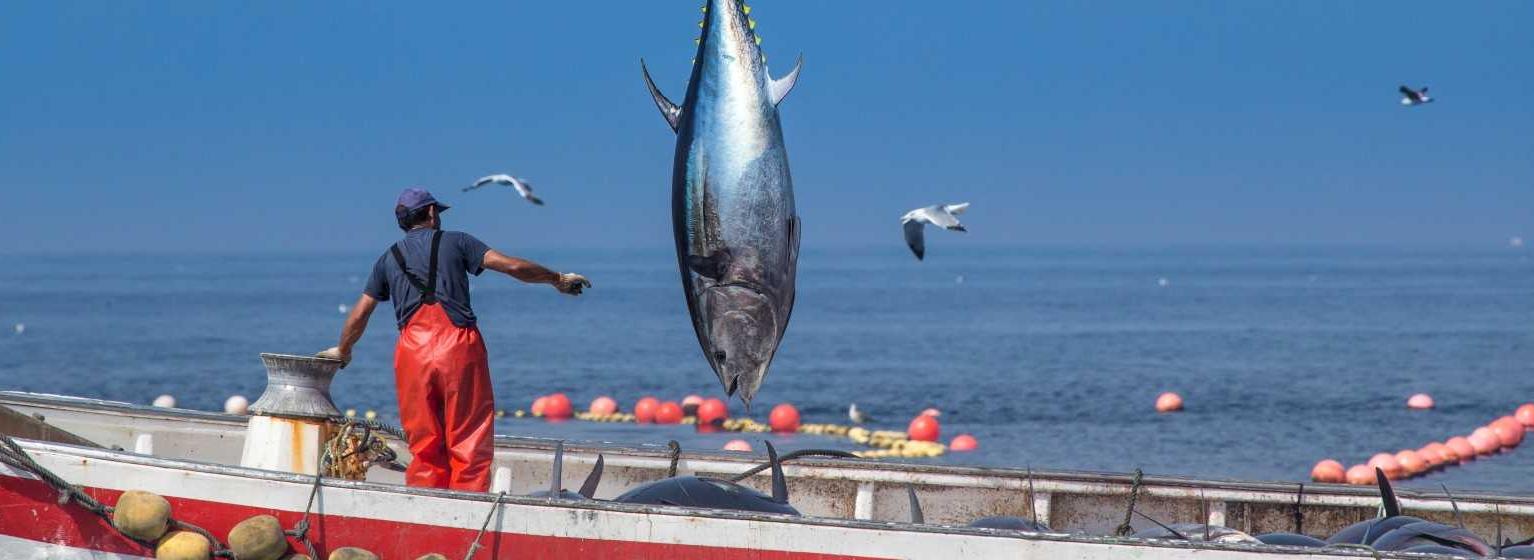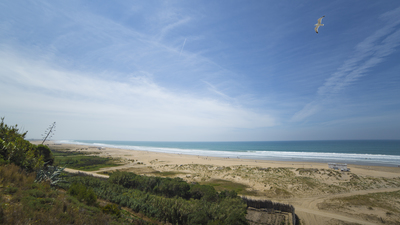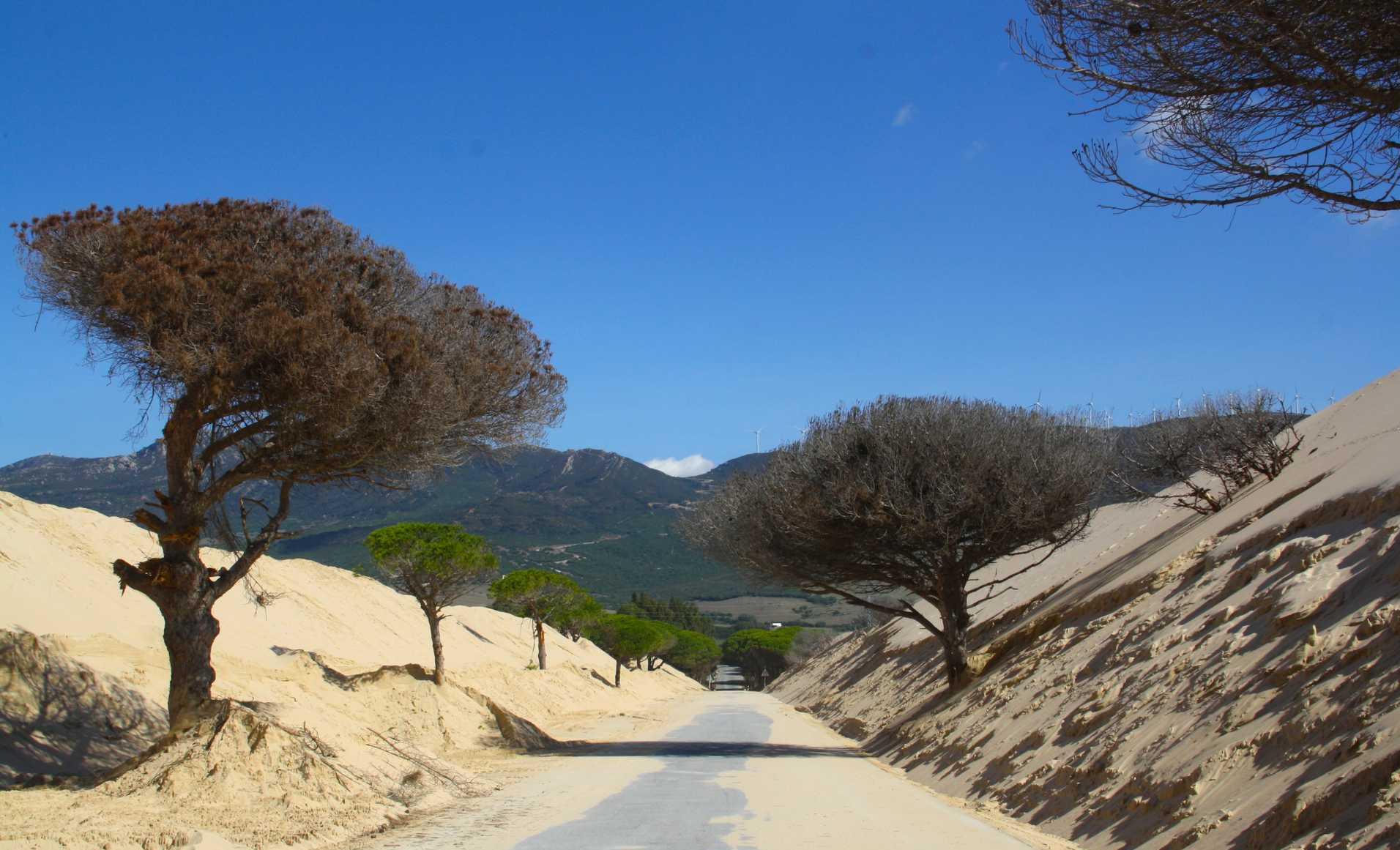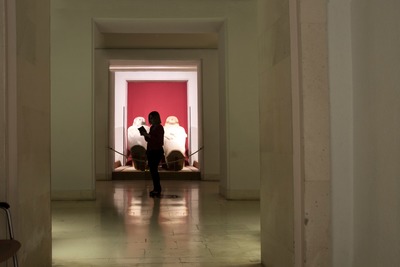San Fernando and the Temple of Melkart on Sancti Petri
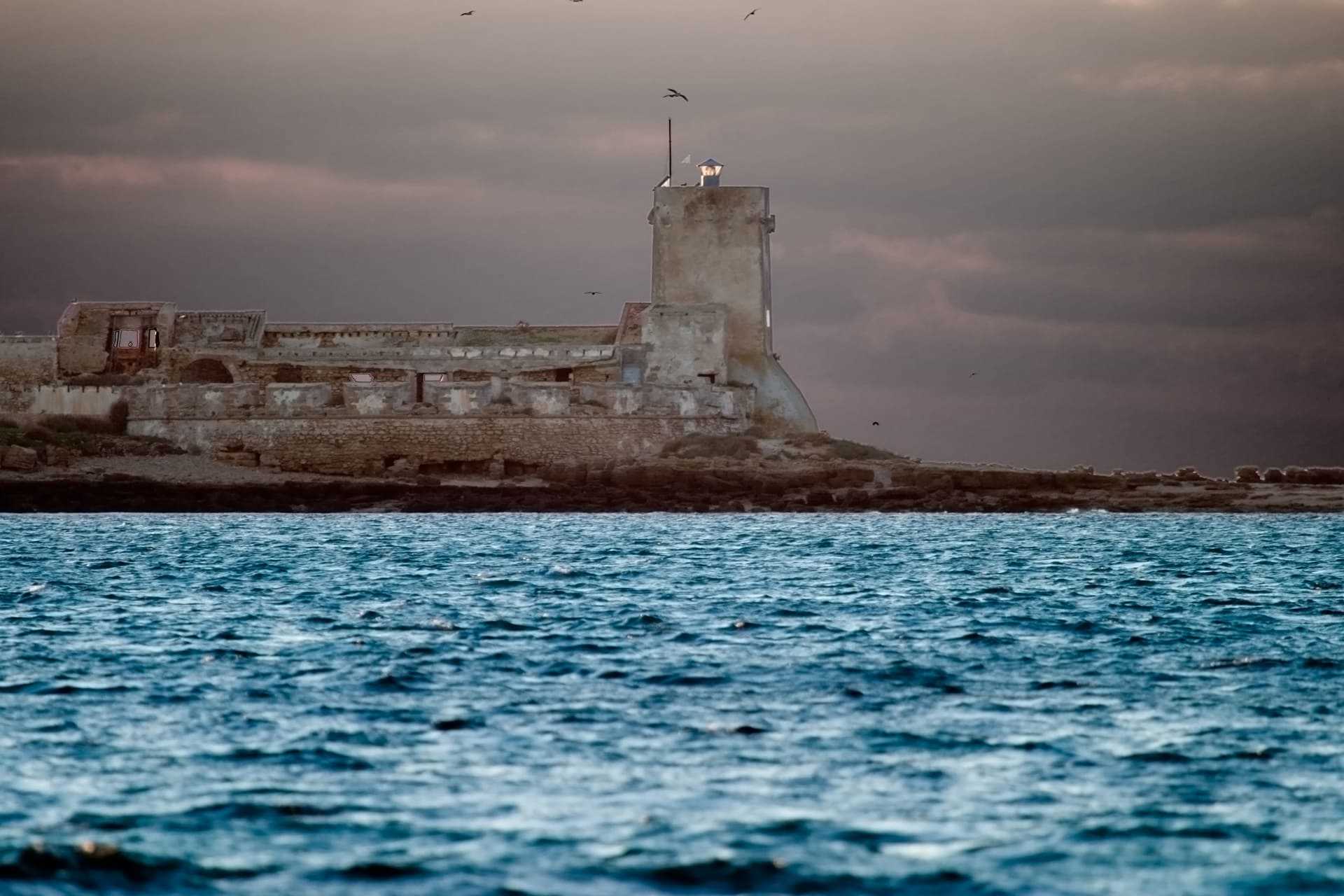
The Phoenician temple in honour of Melkart (Hercules) blends history and legend to such an extent that it is difficult to tell the difference. According to the chronicles of the time, it seems that he was to be found on the island of Sancti Petri, whose castle (16th-18th centuries) can be visited by boat excursion. Classical historians stated that Hercules was buried under the temple there, that before its stones both Hannibal and Julius Caesar begged for favours and that Santiago the Apostle visited it to eradicate paganism.
It was built in the 12th century BC. and according to writings by the politician and poet Silio Itálico in the 1st century B. C. on the façade of the Temple of Hercules the 12 labours of the hero were carved in bronze. On his altar there was a perpetual flame burning under the watchful eye of the priests. In the same century, the Greek geographer and historian Strabo described how sailors held sacrifices there so they would have a good voyage. And according to the Latin historian Pomponius Mela, Hercules was buried in the temple.
Classical sources also inform us of the many historical figures who visited here. With regard to this, the Roman historian Livy (Titus Livius) tells us that General Hannibal arrived on the island to offer his vows before embarking on the conquest of Italy. Furthermore, in this sanctuary, the soldier and politician Julius Caesar had a dream that predicted that he would dominate the world.
The existence of the temple is confirmed by different Arabic texts and archaeological objects, such as the appearance of a statue of a large Roman emperor, a bronze statuette of the Fama driving a chariot and a large bronze toracata statue (with a cuirass). These pieces are in the Cádiz Museum, which you really should visit together with a series of archaeological sites that give shape to "Tartessian and Roman Cádiz": Columbarios, Salting Factory, Roman Theatre, Castle of Doña Blanca, etc.
For some scholars, Santiago the Apostle disembarked here to eradicate the pagan cult of the temple and consecrate it to Saint Peter, which gave rise to the current name for the island, Sancti Petri. What is true is that the sunset in front of the island is quite spectacular, an instant where history, magic and nature merge into a single myth. Perhaps it is true that the hero-god rests here!


